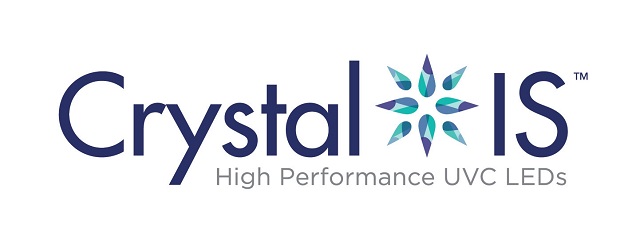Crystal IS will continue to help sensor manufacturers meet growing demand in 2016

The Paris Climate Pact highlighted the need for countries across the world to urgently address planet-warming carbon emissions. In recent weeks, governments in Asia and Europe have been battling another key environmental concern- smog caused by automobile and factory emissions.
To limit various types of air and also water pollution, governments and regulatory bodies have implemented several new regulations. To demonstrate compliance, industries now need to deploy networks of monitoring sensors.
Deep ultraviolet (UVC) LEDs offer a way to create sensors that are lower cost as well as meet the sensitivity levels and real-time reporting requirements needed to comply with the new regulations. Crystal IS's deep UV LEDs meet this criteria along with industry-leading lifetime of Optan (3,000 hours at maximum drive current), providing the added benefit of longer replacement cycles.
For more information please click here
This year we saw increased interest in finding the best way to monitor air, water and surfaces. There is mounting agreement that UVC LEDs are the way to go and Crystal IS is proud to be a partner to sensor manufacturers needing efficient, reliable and cost-effective solutions.
Larry Felton - CEO of Crystal IS
In 2015, regulations requiring monitoring included:
- India Central Pollution Board requiring 24/7 water quality monitoring in India with 15 minute data reporting
- International Maritime Organization looking for:
- limiting exhaust emissions from ships
- environmentally friendly biofouling control in the marine environment
- US Environmental Protection Agency (EPA) needing:
- fenceline monitoring of benzene for petroleum refineries
- monitoring for lowered ozone levels including background ozone
2016 will see additional regulations requiring monitoring systems and sensor manufacturers will rely on UVC LEDs for reliability and long life, cost efficiency, accuracy of measurement without toxic mercury or other chemicals and design flexibility.